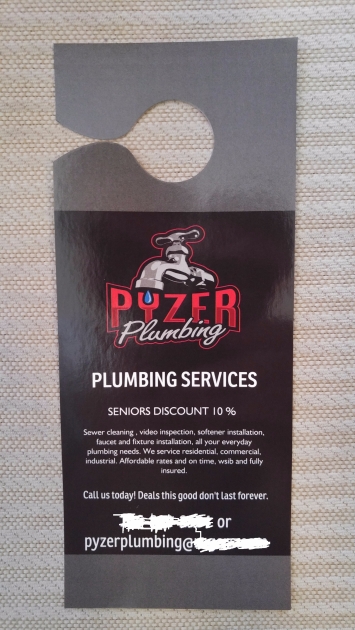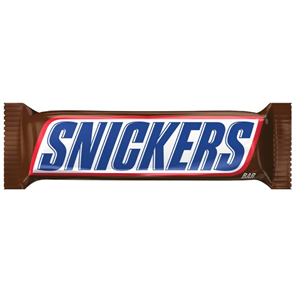I recently began a new business venture and within a few days I was cold called by a website rep selling me their service. Although I don’t remember the pitch word for word, I do know that I called the gentlemen back because I thought he wanted my business! I was eager for a lead, and so I fell for a good message that was basically asking me to clarify if I worked in the residential sector of my business.
So, when he returned my follow up phone call, I happily answered and then soon realized this wasn’t a client, this was a salesman on the line. As soon as I realized this my heart sunk a little and I got nervous. I wasn’t ready to hear a pitch, and I sure as heck wasn’t about to buy anything. Needless to say, he was able to get me to okay his pitch when he told me it would take no more than a minute of my time.
Now, I know that sometimes you should hear a guy out who calls you to make a deal, particularly if it isn’t an obvious scam. The product he was offering was logical to my business: a professional website that can get you on the first search result page of Google in your hometown. This is actually useful for someone like me, and the price was reasonable if I were already making good enough money. That’s the key, I need to be making good enough money because I can’t justify borrowing for the product, given my situation.
That being said, he brought up the common objection my profession would give him, which is they don’t need referrals through Google. His workaround was the traffic from Google, if you are on the first page, are referrals. This is true. Nothing wrong about that. Therefore, his service is actually offering a benefit to you, which is good salesmanship. And, the company is irregular enough where I cannot immediately find a competitor, and I’m not sure how to value the cost of the service.
However, he was able to show me through a website the different pages they had worked on, and there was definitely a difference.
The ultimate benefit of his pitch, pay money to save time. The time you are saving is the time you would use building your own website and tweaking it to be on the front page of a Google search. It could honestly take you many years to build a site akin to what they are offering, so the price is justified, particularly if you get leads that turn into clients.
The real takeaway for me though was his energy on the phone. He was upbeat, but not overbearing. He was clear spoken, spoke at a good pace, used my name and asked me questions I had to say yes to. He also was quick on his feet, for instance, when he asked me if I could offer a better service than my competitors, and I hesitated, he offered that perhaps I could offer a comparable service, which was much easier for me to imagine, since I’m a realistic guy.
I could also appreciate that he asked me for a referral while he had me on the phone. He may as well since he’s had me on the phone for 40 minutes, and I was happy to oblige since I’ve been on his end before in sales.

